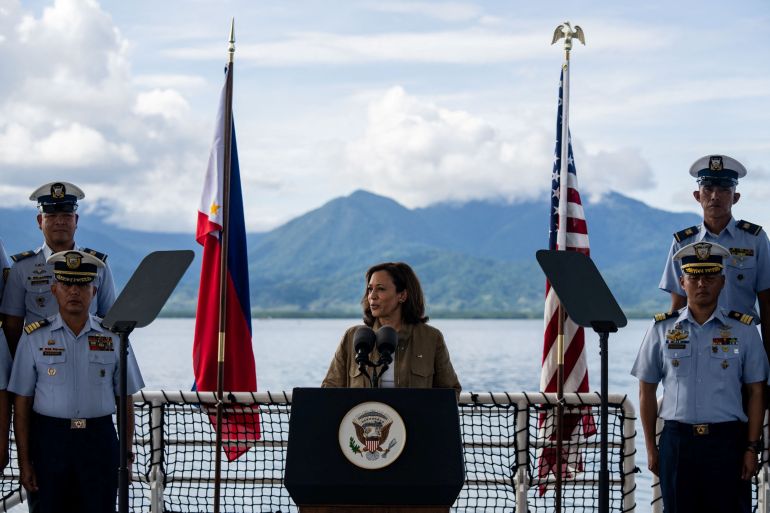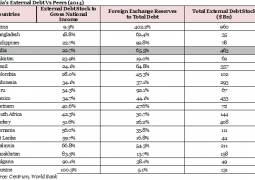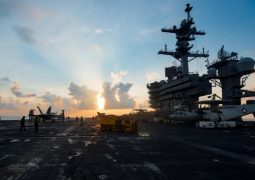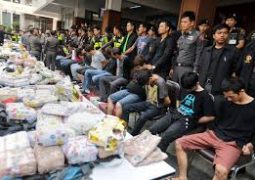Beijing and Manila edge closer to military conflict in the sea

China’s Foreign Minister Wang Yi says the country will maintain military pressure on the Philippines amid a dispute over sovereignty in the South China Sea that could involve U.S. forces defending their treaty partner.

In a phone conversation Wednesday with his Philippine counterpart, Enrique A. Manalo, Wang “warned that if the Philippine side misjudges the situation, goes its own way, or even colludes with ill-intentioned external forces to continue to stir up troubles, China will defend its rights in accordance with law and respond resolutely,” the official Xinhua News Agency reported.
Wang’s comments follow China’s mobilization of its coast guard and maritime militia to block Philippine supply missions to support its soldiers and fishermen. China claims sovereignty over virtually the entire South China Sea, one of the world’s most crucial waterways for shipping, putting it at odds with the Philippines, Vietnam, Malaysia, Taiwan and Brunei, who all maintain claims over islands, reefs and undersea resources in the region.
In particularly sharp comments, Wang was quoted as accusing the Philippines of having “changed its policy stance so far, reneged on the promises it has made, provoked troubles at sea, and undermined China’s legitimate and lawful rights.”
“Noting that the bilateral relationship now stands at a crossroads, with its future yet to be decided, Wang said the Philippine side must act with caution,” Xinhua reported Thursday.
Instead of continuing in the wrong direction, the Philippine side should return to the right path as soon as possible, with properly handling and managing the current maritime situation as a top priority,” Wang was quoted as saying. Wang gave no details on what agreements Manila had allegedly abandoned.
Manalo’s office described the the conversation as a “frank and candid exchange,” saying the sides had reached a “clearer understanding of our respective positions on a number of issues.”
Territorial disputes have grown tenser as China seeks to cement its territorial claims in defiance of the U.S. and its allies, the Philippines, Japan, South Korea and close partner Taiwan, which China claims as a breakaway province and threatens to annex by military force.

The head of the Philippine military was with his forces aboard a supply boat when it was blasted with a water cannon, surrounded and bumped by Chinese coast guard ships earlier this month in the disputed South China Sea.
China, meanwhile, accused the United States of encouraging the Philippines, its treaty ally, to provoke China for its own purposes, though it provided no direct evidence.
Along with using water cannons, Philippines officials said that Chinese coast guard ships used a military-grade laser that caused Filipino crew members temporary blindness and engaged in dangerous blocking and shadowing maneuvers that caused minor collisions.
Washington is bound by a 1951 treaty to help defend the Philippines from attack. That pledge has grown stronger with the election of President Ferdinand Marcos Jr., who recently said that the situation in the South China Sea “has become more dire” as China expands its presence.
China has showed interest in atolls and shoals that are “closer and closer” to the coast of the Philippines, with the nearest atoll about 60 nautical miles (111 kilometers) away, Marcos said during a visit to the U.S. state of Hawaii last month.
- Previous In 2029, Ankara-Istanbul super-fast train to cut travel to 80 minutes , if build
- Next Jokowi expresses optimism for Indonesia’s 2024 economic outlook










